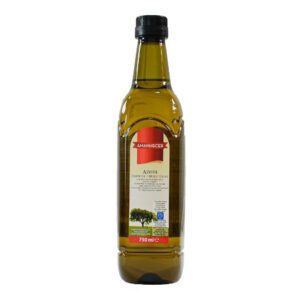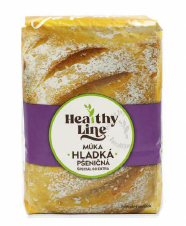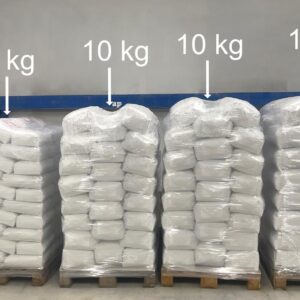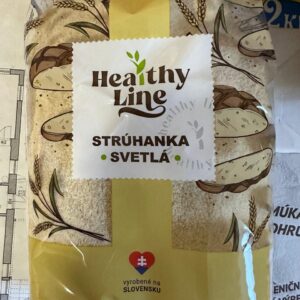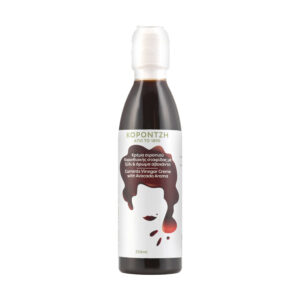
Top 10 Spices Producing Countries: The World’s Flavor Masters
Spices have been integral to global cuisine, trade, and culture for centuries, enriching food with flavor, aroma, and health benefits. In 2023, the global spices market was valued at $18 billion, with expectations to grow at a CAGR of 5.1%, reaching approximately $24 billion by 2030. Spices are not only culinary staples but also vital ingredients in the wellness, pharmaceutical, and cosmetics industries, contributing to their increasing global demand.
Asia is the epicenter of spice production, accounting for nearly 80% of global output. Countries like India, China, and Vietnam dominate the industry, supplying a wide variety of spices to the world. Beyond Asia, regions like Africa and Latin America are emerging as important producers, offering unique and indigenous spices. The rising interest in organic, sustainably sourced, and premium-grade spices has further reshaped the market, catering to health-conscious consumers and specialty food producers.
However, this thriving industry is not without its challenges. Climate change, price volatility, and stringent quality standards remain significant obstacles for producers. To address these, countries are adopting innovative agricultural practices, investing in advanced processing technologies, and leveraging digital platforms to expand global reach. This article delves into the Top 10 Spices Producing Countries, highlighting their contributions, specialties, and strategies for navigating a competitive and evolving market.

- India
- Annual Production: ~2.8 million metric tons
- Why It Stands Out: India is the largest producer, consumer, and exporter of spices, contributing over 40% of global spice production. Major spices include turmeric, chili, cumin, and cardamom.
- Key Innovations: Implementation of organic farming practices and traceability systems to ensure quality for export markets.
- China
- Annual Production: ~500,000 metric tons
- Why It Stands Out: China produces a wide range of spices, including Sichuan pepper, ginger, and star anise, with significant domestic and international demand.
- Key Innovations: Advanced drying and processing techniques to preserve spice quality and extend shelf life.
- Vietnam
- Annual Production: ~400,000 metric tons
- Why It Stands Out: Vietnam is a major exporter of black pepper, accounting for over 30%of global production. It also produces cinnamon and star anise.
- Key Innovations: Adoption of modern irrigation and harvesting methods to improve yield and quality.
- Indonesia
- Annual Production: ~350,000 metric tons
- Why It Stands Out: Indonesia is renowned for its nutmeg, clove, and vanilla production, catering to global markets with high-quality spices.
- Key Innovations: Sustainable harvesting techniques and partnerships to promote fair trade practices.
- Bangladesh
- Annual Production: ~180,000 metric tons
- Why It Stands Out: Bangladesh specializes in turmeric and ginger, with a growing focus on organic production to meet export demands.
- Key Innovations: Government-backed programs to support smallholder farmers and increase export volumes.
- Sri Lanka
- Annual Production: ~110,000 metric tons
- Why It Stands Out: Sri Lanka is famous for its premium-grade cinnamon, often considered the best in the world.
- Key Innovations: Branding efforts to position Sri Lankan cinnamon as a luxury product in international markets.
- Ethiopia
- Annual Production: ~85,000 metric tons
- Why It Stands Out: Ethiopia is known for its indigenous spice blends like berbere and produces large quantities of chili, ginger, and black cumin.
- Key Innovations: Investments in local processing facilities to reduce post-harvest losses and improve export quality.
- Guatemala
- Annual Production: ~60,000 metric tons
- Why It Stands Out: Guatemala is a leading exporter of cardamom, supplying over 70% of the global market.
- Key Innovations: Sustainable farming practices and quality certification programs to meet premium market standards.
- Nigeria
- Annual Production: ~50,000 metric tons
- Why It Stands Out: Nigeria produces chili, ginger, and turmeric, catering to both domestic and international markets.
- Key Innovations: Expansion of organic spice production and partnerships to improve market access for small-scale farmers.
- Pakistan
- Annual Production: ~45,000 metric tons
- Why It Stands Out: Pakistan specializes in chili, cumin, and fennel, with robust export markets in the Middle East and Asia.
- Key Innovations: Focus on hybrid seed development and mechanized farming to increase yields.
Major Trends in the Spices Industry
- Organic Spices Gain Ground
The global demand for organic spices is surging, driven by consumers prioritizing health, sustainability, and transparency. Organic spices, which are free from synthetic pesticides and fertilizers, now account for over 15% of the global spices market, with strong growth in North America and Europe.
- Rise of Premium and Specialty Spices
High-value spices like saffron, vanilla, and Ceylon cinnamon are in growing demand, particularly in luxury food and wellness markets. These spices often command premium prices due to their labor-intensive cultivation and unique qualities. For instance, saffron prices have reached as high as $5,000 per kilogram, highlighting its exclusivity.
- Integration into Health and Wellness Products
Spices such as turmeric, ginger, and cinnamon are increasingly used in functional foods, supplements, and beverages due to their anti-inflammatory and antioxidant properties. Turmeric alone accounts for a significant share of the wellness market, with global sales surpassing $1 billion annually.
- Technological Advancements in Spice Processing
Innovations like freeze-drying, supercritical CO2 extraction, and steam sterilization are improving the quality, shelf life, and safety of spices. These technologies are especially critical for meeting stringent food safety standards in export markets.
- E-commerce and Direct-to-Consumer Models
Online platforms are transforming the way spices are marketed and sold, enabling producers to reach global consumers directly. The e-commerce segment for spices is growing at a CAGR of 7%, with platforms offering premium and niche products to a wider audience.

Main Challenges in the Spices Industry
- Climate Change Impacts on Spice Yields
Spices are highly climate-sensitive crops, requiring specific conditions for optimal growth. Rising temperatures, erratic rainfall, and extreme weather events such as droughts and floods are significantly impacting yields. For instance, vanilla production in Madagascar—a major global supplier—has been severely affected by cyclones.
- Price Volatility in Global Markets
The prices of spices often fluctuate due to supply-demand imbalances, geopolitical tensions, and natural disasters. For example, black pepper prices have experienced significant swings, impacting both producers and buyers.
- Counterfeit and Adulterated Spices
Adulteration and counterfeit products remain significant challenges in the spice industry, particularly for premium spices like saffron and turmeric. These practices undermine consumer trust and can lead to regulatory actions against exporters.
- Limited Infrastructure and Processing Capabilities
In many developing countries, inadequate storage and processing facilities result in post-harvest losses and reduced spice quality. This is particularly problematic for smallholder farmers who rely on traditional methods.
- Meeting Stringent Export Standards
Exporting spices to high-value markets such as the EU and North America requires adherence to strict quality and safety standards, including limits on pesticide residues and contamination. Achieving these standards requires significant investment in technology and expertise.
- Pest and Disease Management
Pests and diseases, exacerbated by climate change, pose ongoing threats to spice crops. For instance, fungal diseases in ginger and chili crops have caused considerable losses in recent years.
The Top 10 Spices Producing Countries are not only essential to the global food supply but also play a pivotal role in health, wellness, and cultural heritage. These nations are adapting to changing market demands and environmental challenges with a blend of innovation and tradition, ensuring the continued success of the spices industry.
Platforms like uFoodin are instrumental in supporting spice producers by connecting them with international buyers, food manufacturers, and retailers. By leveraging uFoodin, producers can expand their global footprint, showcase unique products, and establish partnerships that promote sustainable and transparent sourcing. Additionally, uFoodin’s marketplace facilitates access to premium markets, allowing producers to meet the growing demand for organic and specialty spices.
As consumer preferences evolve and sustainability becomes a central focus, the spices industry is poised to thrive. The ongoing efforts of these leading producers to innovate, adapt, and maintain quality will ensure that spices remain a vital part of global cuisine and culture for generations to come.
uFoodin Editorial Team
Bibliography
- Statista: Global Spices Market Analysis
- FAO (Food and Agriculture Organization): Spice Production and Trade Data
- Fortune Business Insights: Market Trends in the Spices Industry
- Company and Government Reports: Insights from India, Vietnam, and Sri Lanka






